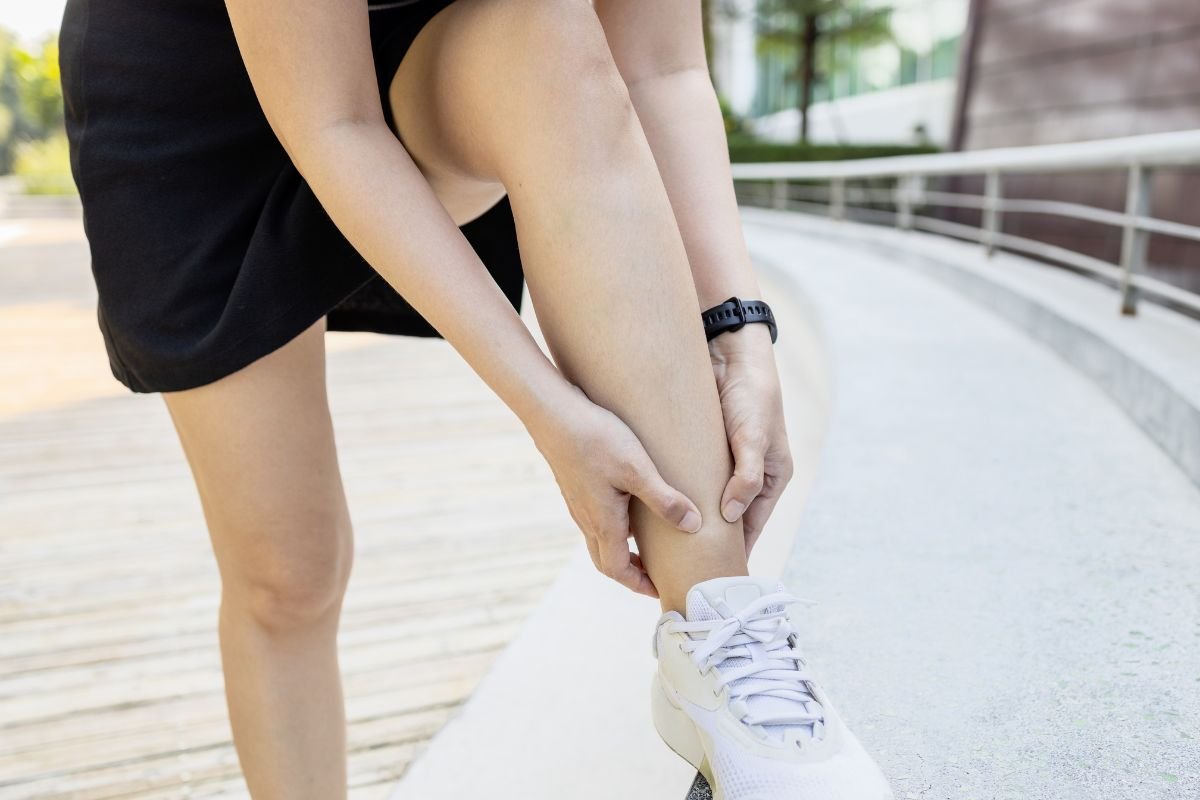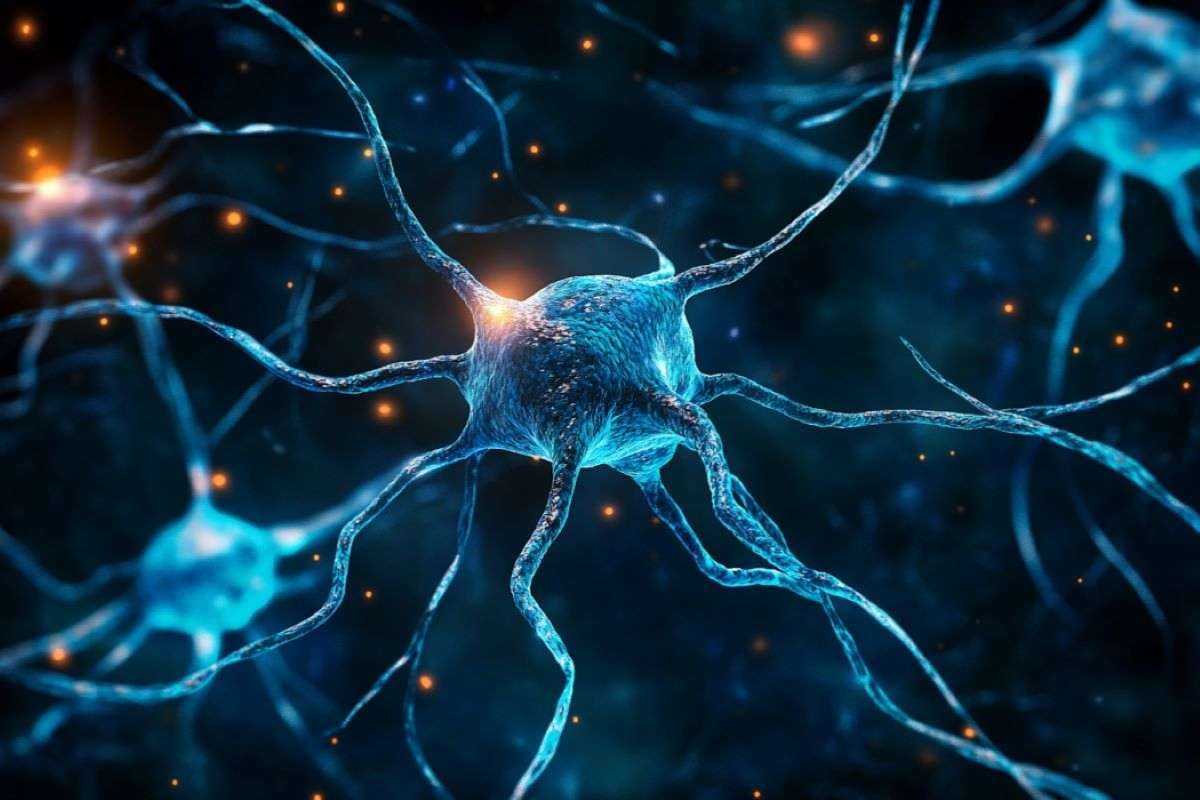Tibialis anterior pain is a common condition affecting the front of the lower leg, causing discomfort and impacting mobility. This type of pain often affects athletes, runners, and individuals engaging in activities that put significant strain on the lower legs. Understanding the causes, symptoms, and treatment options for tibialis anterior pain is crucial for effective management and prevention.
Anatomy of the Tibialis Anterior Muscle
This muscle is located on the front part of the lower leg, running parallel to the tibia (shin bone). It is responsible for dorsiflexion, which is the action of pulling the foot upwards towards the shin. This muscle also helps in the stabilization of the ankle during various activities such as walking, running, and jumping.
Causes of Tibialis Anterior Pain

- Overuse and Strain: Repetitive activities like running, jumping, and even walking can cause overuse of this muscle, leading to strain and pain. This is particularly common in athletes who increase their training intensity or volume too quickly.
- Improper Footwear: Wearing shoes that lack proper support or cushioning can contribute to tibialis front pain. Shoes that are too tight or have high heels can alter the mechanics of walking and running, putting additional stress on the muscle.
- Poor Biomechanics: Abnormal gait patterns, such as overpronation (excessive inward rolling of the foot) or supination (outward rolling of the foot), can lead to uneven distribution of stress on the tibialis anterior muscle.
- Trauma: Direct injury or impact to the lower leg can result in tibialis anterior pain. This might include falls, collisions, or accidents during physical activities.
- Muscle Imbalance: An imbalance between this muscle and other muscles in the lower leg can lead to pain. Weakness in the calf muscles, for example, can cause the tibialis anterior to overcompensate, leading to strain and discomfort.
Symptoms of Tibialis Anterior Pain
- Localized Pain: Pain is typically felt along the front of the lower leg, near the shin bone. The pain may be sharp, aching, or throbbing and can vary in intensity.
- Swelling and Tenderness: The affected area may become swollen and tender to the touch. This can make it uncomfortable to wear tight-fitting shoes or clothing.
- Limited Mobility: This pain can restrict movement, making it difficult to walk, run, or perform activities that involve dorsiflexion of the foot.
- Pain During Activity: The pain often worsens during physical activities, especially those that involve repetitive use of the tibialis anterior muscle, such as running or jumping.
Diagnosis of Tibialis Anterior Pain
To diagnose this pain, a healthcare professional will typically perform a physical examination and review the patient’s medical history. The examination may include:

- Palpation: The doctor will press on the tibialis anterior muscle to check for tenderness and swelling.
- Range of Motion Tests: The patient may be asked to move their foot and ankle in various directions to assess pain levels and mobility.
- Imaging Tests: In some cases, imaging tests such as X-rays, MRI, or ultrasound may be used to rule out other potential causes of pain, such as fractures or soft tissue injuries.
Treatment Options for Tibialis Anterior Pain
- Rest and Activity Modification: Reducing or avoiding activities that exacerbate the pain is crucial for recovery. Rest allows the muscle to heal and prevents further strain.
- Ice Therapy: Applying ice to the affected area can help reduce inflammation and numb the pain. Ice should be applied for 15-20 minutes several times a day.
- Compression and Elevation: Using compression bandages and elevating the leg can help reduce swelling and improve blood circulation, aiding in the healing process.
- Medication: Over-the-counter pain relievers, such as ibuprofen or acetaminophen, can help manage pain and reduce inflammation.
- Physical Therapy: A physical therapist can design a tailored exercise program to strengthen the tibialis front muscle and improve overall lower leg strength and flexibility. This may include stretching exercises, resistance training, and techniques to correct gait abnormalities.
- Orthotics and Proper Footwear: Using orthotic inserts or wearing shoes with adequate support and cushioning can help alleviate tibialis fore pain. A podiatrist can recommend the best options based on individual needs.
- Massage and Manual Therapy: Massage therapy and techniques such as myofascial release can help relax the tibialis anterior muscle, reduce tension, and improve blood flow to the area.
- Gradual Return to Activity: Once the pain has subsided, it is important to gradually reintroduce physical activities. This helps prevent re-injury and ensures the muscle has adequately recovered.
Prevention of Tibialis Anterior Pain

- Proper Warm-Up and Cool-Down: Engaging in a thorough warm-up before physical activities and a cool-down afterward can help prepare the muscles and reduce the risk of strain.
- Strengthening Exercises: Regularly performing exercises that target this muscle and other lower leg muscles can help maintain strength and prevent imbalances. Examples include toe raises, heel walks, and resistance band exercises.
- Stretching: Incorporating stretching exercises into the daily routine can improve flexibility and reduce tension in the tibialis anterior muscle. Stretching the calves, Achilles tendon, and shins can be particularly beneficial.
- Proper Footwear: Wearing shoes that provide adequate support, cushioning, and a good fit can help prevent tibialis anterior pain. Replacing worn-out shoes and avoiding high heels can also reduce the risk.
- Gradual Progression of Activities: When starting a new exercise regimen or increasing training intensity, it is important to do so gradually. This allows the muscles to adapt and reduces the risk of overuse injuries.
- Biomechanical Assessments: Consulting with a specialist for a biomechanical assessment can help identify and correct any gait abnormalities that may contribute to tibialis anterior pain.
When to Seek Medical Attention
While mild cases of tibialis anterior pain can often be managed with home remedies and self-care, there are situations where medical attention is necessary. Seek professional help if:
- The pain is severe or persistent and does not improve with rest and self-care.
- There is significant swelling, redness, or warmth in the affected area.
- The pain is accompanied by numbness, tingling, or weakness in the leg.
- There is a history of trauma or injury to the lower leg.
- The pain interferes with daily activities and mobility.

Understanding the Tibia and Fibula: The Dynamic Duo of the Lower Leg
This extensive guide aims to delve deeper into the anatomy, functions, common injuries, treatment options, and preventive measures. It highlights the significance of the tibia and fibula in maintaining overall musculoskeletal health.
Conclusion
Tibialis anterior pain is a common issue that can significantly impact an individual’s quality of life. Understanding the causes, symptoms, and treatment options is essential for effective management and prevention. By taking proactive steps, such as using proper footwear, engaging in strengthening and stretching exercises, and seeking professional guidance when necessary, individuals can reduce their risk of developing this pain and maintain healthy, pain-free lower legs.
Effective management of tibialis anterior pain requires a comprehensive approach that includes rest, ice therapy, physical therapy, and potentially the use of orthotics. Preventive measures, such as proper warm-up routines, gradual progression of activities, and biomechanical assessments, can help minimize the risk of developing this condition. By understanding and addressing the underlying causes, individuals can achieve long-term relief and maintain an active lifestyle without the limitations imposed by tibialis anterior pain.







